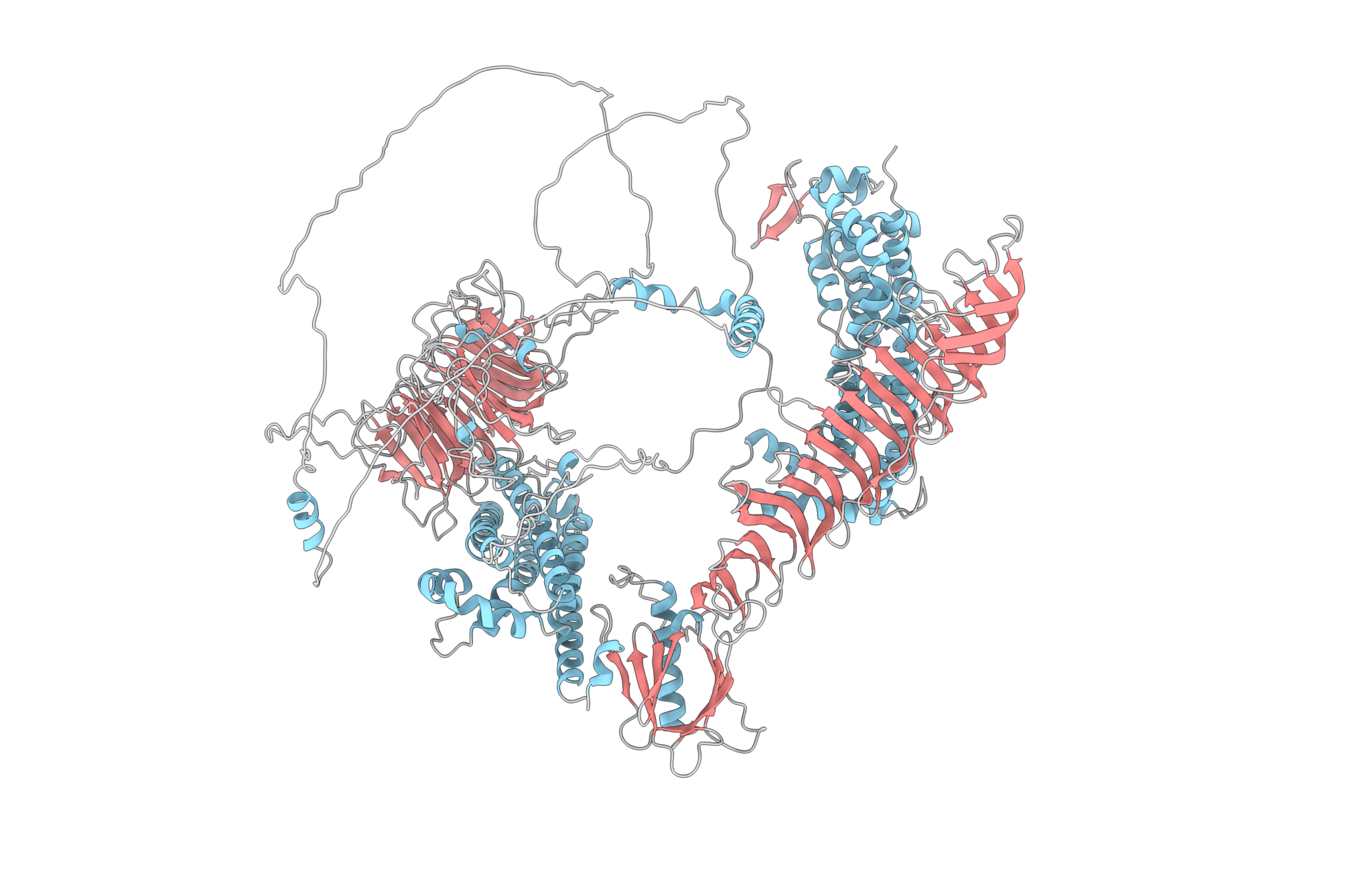29 March 2024
Events
EuroHPC Users: How Are They Exploiting the Current EuroHPC Systems & Will Exploit Future Exascale Capabilities?

We recently welcomed Matteo Rossi Sebastiano from the University of Turin (IT) to the PUXANO lab in Ghent, to initiate an R&D collaboration on Alsin-related Infantile Ascending Hereditary Spastic Paralysis (IAHSP). This is a devastating autosomal recessive motor neuron disease that affects children whose healthy parents are carriers of the mutant ALS2 protein. Although IAHSP is a rare disease, with less than 150 known cases worldwide, it holds crucial implications for more widespread conditions such as ALS type II and juvenile primary lateral sclerosis.
Research initiated through Olly’s Story.
Researchers at the University of Turin got involved with IAHSP through the 5-year-old Olly from Italy (www.helpolly.it). This prompted a collaboration between researchers at the University of Turin (Prof. Dr. Giulia Caron and Prof. Dr. Giuseppe Ermondi, Dr. Matteo Rossi Sebastiano) and at Tokai University (Prof. Dr. Shinji Hadano), which yielded promising results in the study of IAHSP. By combining cell biology with protein modeling techniques, they have gained valuable insights into the mechanism of the R1611W variant of the ALS2 protein. All these efforts brought approval for compassionate use of the treatment with menatetrenone (Stella Maris, Calambrone, Italy). While progress has been made with the R1611W variant, it is crucial to recognize that IAHSP comprises multiple other variants, each with its unique challenges. It has been observed that mutations often hinder the proper assembly of the Alsin protein into its correct form. Determining the structure of the potentially tetrameric Alsin protein and understanding its mode of multimerization are essential steps towards developing tailored treatments for each patient group.
This is where PUXANO (Dr. Anna Higgins), in collaboration with the University of Turin and Tokai University plays a pivotal role. In pursuit of deciphering the molecular basis of IAHSP, PUXANO is dedicated to unraveling the structure of the tetrameric Alsin protein. It can thereby exploit PUXANO’s platform for protein structure determination using only a few microliters of samples at sub 1µg/ml protein concentrations. Through structural experiments, PUXANO aims to provide valuable insights into this rare disease and facilitate the systematic development of specific treatments for patients.
Embracing hope for rare diseases.
Supporting research efforts for rare diseases like IAHSP is of utmost importance. Rare and orphan diseases often stem from genetically inherited mutations, presenting unique challenges for patients and researchers alike. The fusion of computational predictions, structural analyses, and biochemical experiments empowers scientists to swiftly identify potential therapeutic avenues, thereby driving progress in understanding and treating these conditions. If you want to support this research we recommend you visit the foundation Help Olly (www.helpolly.it). For other projects like this, PUXANO is happy to help.